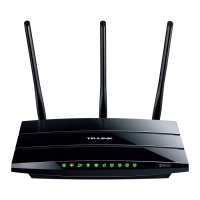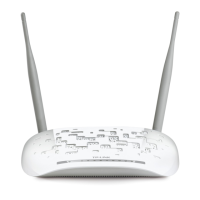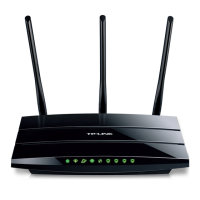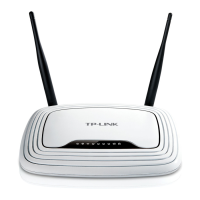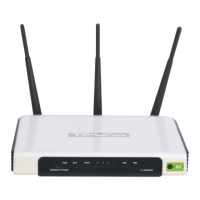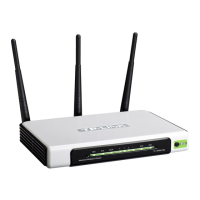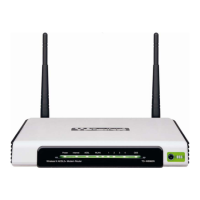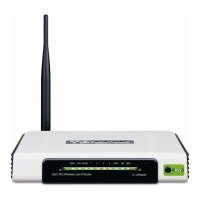IPv6 completely supplants IPv4. It is a temporary solution for networks that do not support native
dual-stack, where both IPv6 and IPv4 run independently.
Choose menu “IPv6 Tunnel”, and you will see the screen as shown in Figure 4-107.
Figure 4-107
Enable: Check the box to enable IPv6 Tunnel function. It is disabled by default.
Mechanism: Select a type for IPv6 tunnel from the drop-down list. DS-Lite, 6RD and 6to4 are
supported.
1) DS-Lite
This type is used in the situation that your WAN connection is IPv6 while LAN connection is IPv4.
Select DS-Lite, and you will see the screen as shown in Figure 4-108.
Figure 4-108
WAN Connection: Select a WAN connection from the drop-down list. Only the connected
WAN connections can be shown in the drop-down list.
Configuration Type: Select a configuration type for this tunnel. Auto means to obtain the
Remote IPv6 Address automatically while Manual means you set it manually.
Remote IPv6 Address: Enter the IPv6 address of the remote node.
Note:
In this type, there should not have any IPv4 WAN connections. If there are IPv4 WAN connections,
the page will prompt you to delete all the IPv4 WAN connections.
2) 6RD
This type is used in the situation that your WAN connection is IPv4 while LAN connection is IPv6.
Select 6RD, and you will see the screen as shown in Figure 4-109.
96
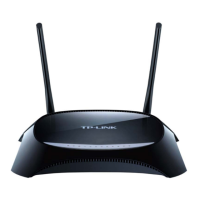
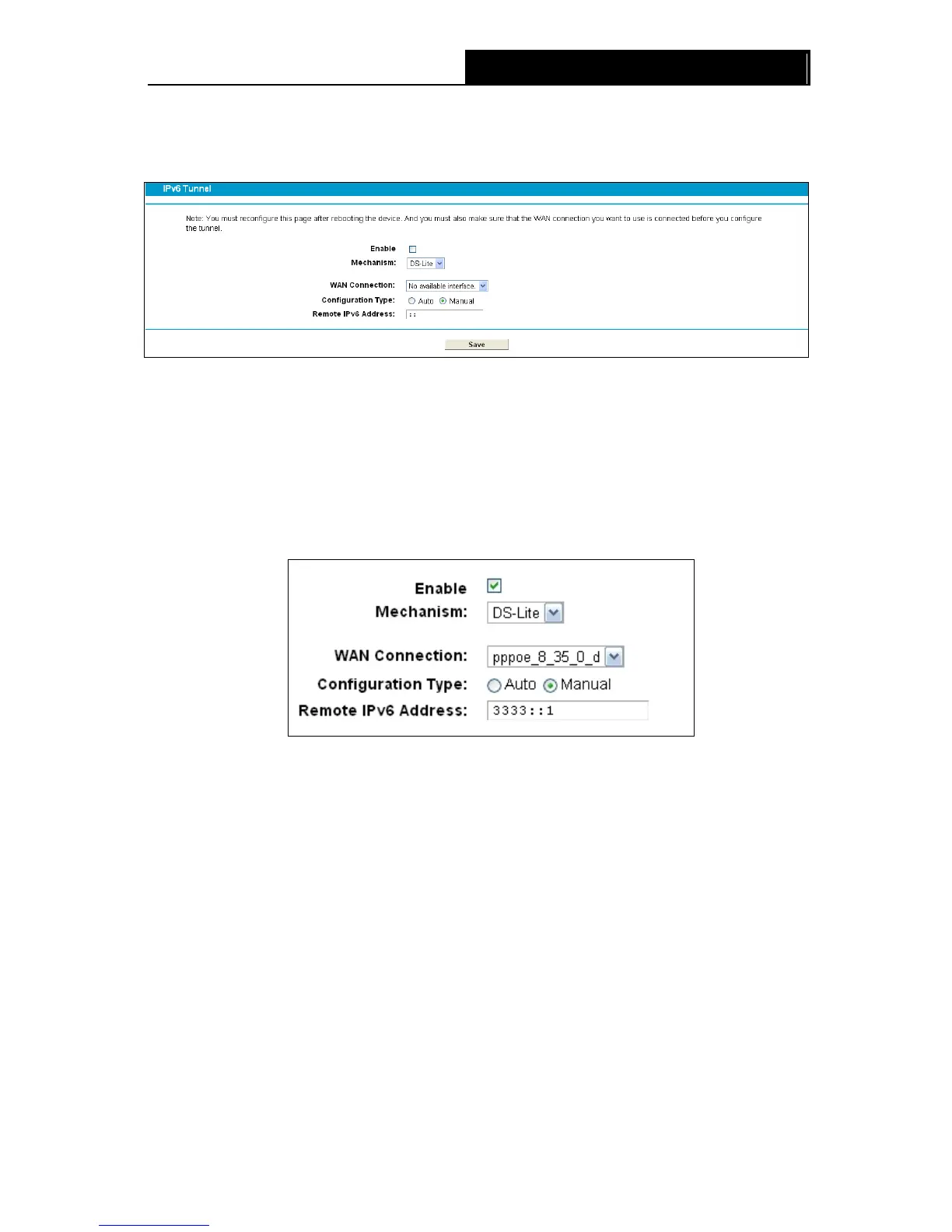